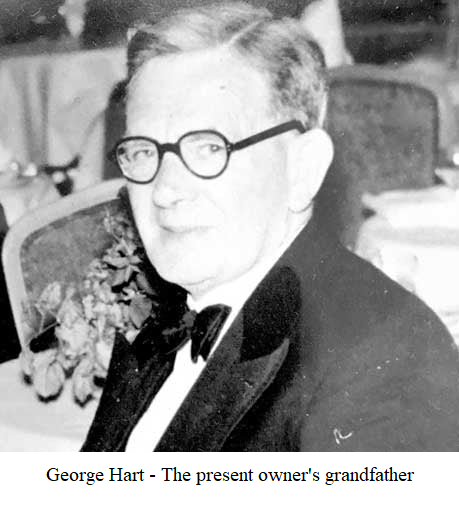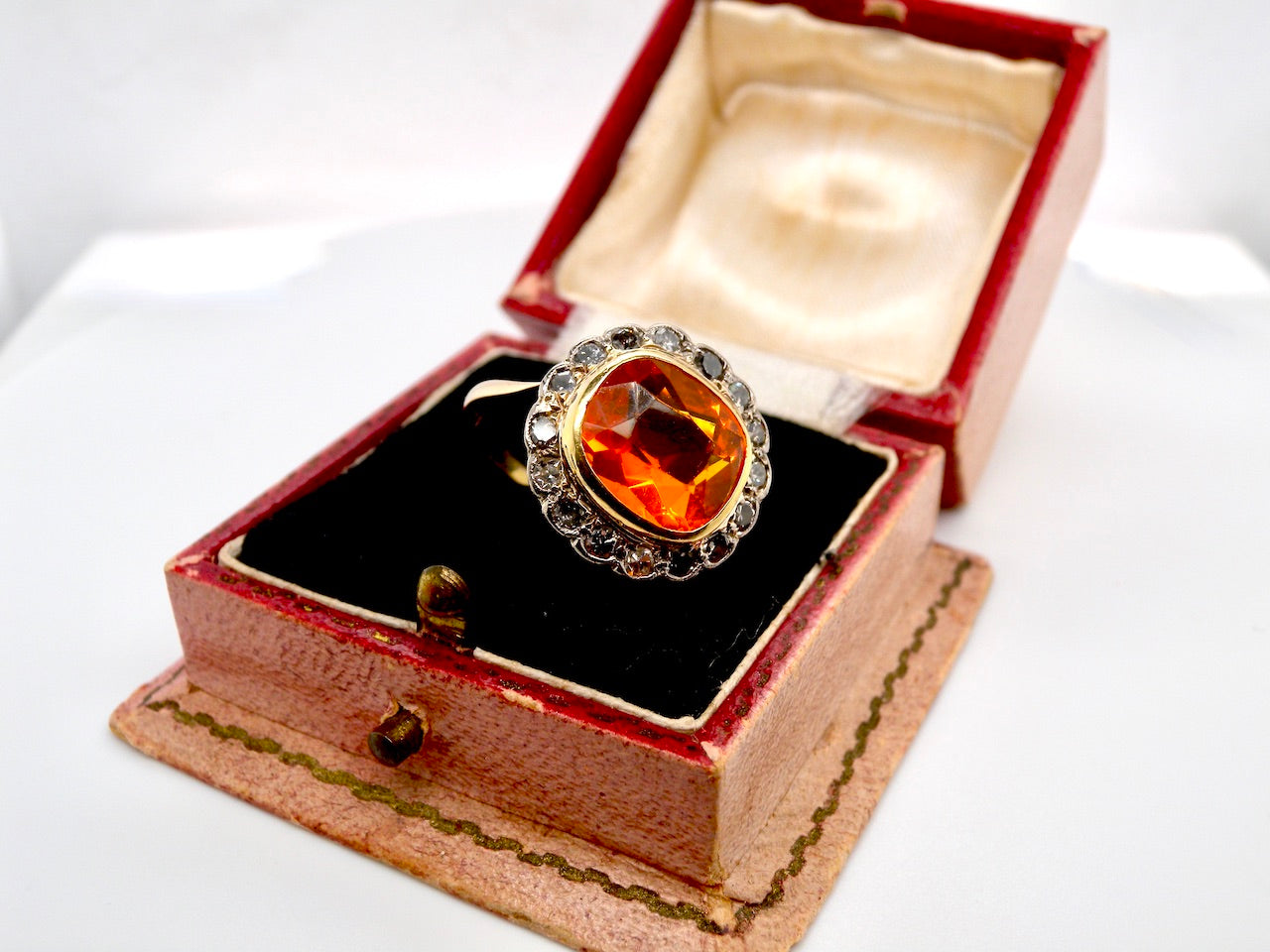There is a wide variety of antique jewellery in all sizes and shapes, where pearls have been used in the settings, each one just as stunning as the next. If you are interested in buying pearl antique jewellery, it is good to know how to recognize cultured and natural pearls, several other types of pearls, as well as the substances that are used to resemble pearls in jewellery.
Types of Pearls
Following is a list of the several types of pearls and a description of the jewellery pieces they would be used in.
Baroque Pearls – these can be either cultured or natural and are found in both salt and fresh water sources. Rather than being perfectly smooth, round spheres, baroque pearls are asymmetrically shaped and uneven in texture.
The name “baroque” is derived from the Portuguese “Barraco” and Italian “Baiocco,” with both having the same meaning, namely “imperfect pearl.”
They were extremely popular during the Baroque period, the later Renaissance, and also in the Renaissance Revival period of the mid-19th century.
Jewelers frequently designed entire pendants or brooches in the late 1500s and early 1600s, around one big baroque pearl, the whole intention being to suggest the head or body or some fantastic creature.
Blister Pearls – blister pearls come from both salt and freshwater molluscs, and occur both cultured and naturally, and rather than a true pearl, are created as part of the animal’s shell. These pearls are formed when a piece of sand or another type of substance attaches to the inside of the mollusc's shell and acts as a nucleus.
Since the nucleus was not intentionally set, blister pearls, are normally less uniform in shape. The cultured versions of blister pearls are formed around a piece of something that is attached to the inside of the shell and depending on the shape of the base material it is attached to, can be a variety of shapes.
When blister pearls are fully formed, they are cut away with a part of the shell. They are at times, isolated, much like a Mabe pearl, and at other times, are mounted with the blister section fixed to the shell base, showing all the natural contours, and at times, imperfections, that surround the blister.
Cultured Pearls – these pearls are made when an object like a bead or small piece of shell is inserted into a clam or oyster. Over a period, layers of nacre are applied naturally by the host mollusc to this infiltrator in much the same way that natural pearls are formed. With this process, a cultured pearl is formed in several years, and a natural pearl, at about 10 or more years, taking longer.

It is easy to tell a real cultured pearl from a fake one made from plastic or glass that has a thin layer of pearl finish coating them. A genuine cultured pearl will feel gritty when rubbed against your teeth, and an imitation pearl will feel perfectly smooth.
Cultured pearls have layers inside them much like those of an onion. Jewelers use a scope inserted into the hole of a pearl to check whether it is cultured or shine a light into the pearl and then examine it by using a jeweler’s loupe. If the core of the pearl is solid and has no layering, it is not a cultured pearl.
Freshwater Pearls – the majority of free-form pearls featured in antique jewellery are freshwater pearls, and in fact, are river pearls taken from mussels from the 1800s and onwards. Since freshwater pearls have a naturally rocky shape, they could be used in extremely artistic ways when designing fine jewellery pieces.

These days, most freshwater pearls are grown in ponds and lakes in China. The newer ones have a more uniform shape and are not as sought-after and valuable as the old, natural pearls found in rivers. The newer freshwater pearls are used in costume jewellery items made from non-precious metals and decorated with imitation gemstones.
Mabe Pearls – pronounced “Mah-bay,” Mabe pearls are formed in a similar way to blister pearls, but they are harvested in a different way. The shell stays in place, but the blister is cut away together with a piece of domed pearly nacre. Filler is then added to the fragile, hollow pearl to give it extra strength, and it is normally sealed with a piece of plastic or mother of pearl. Mabe pearls are many times used in the settings for earrings and rings and are frequently surrounded with diamonds.

Natural Pearls – natural pearls are those which are formed when a piece of foreign substance gets into the shell of a mollusc without the help of humans, as is the case with cultured pearl farming. Many layers of nacre are applied naturally by the host clam or oyster to the intruder, and a pearl is slowly formed over a decade or so.
Like cultured pearls, natural pearls will also have a rough feel when rubbed against the teeth. It is important to remember that most genuine pearls used in fine jewellery, until the 1920s, were, in fact, natural and not cultured pearls.
Jewelers check whether pearls are natural the same way that they do when examining cultured pearls, by using a special scope or jeweler’s loupe.
Quahog Pearls – the Golash Brooch, named after Alan Golash, is one of the rarest pieces of Quahog pearl jewellery ever to be discovered. Found in a basket of costume jewellery and purchased by Golash and a friend for a measly $14 in 1835 from an antique shop in Rhode Island, the brooch was later deemed to be almost priceless!
These pearls are purple in colour and are found in the Quahog clam. One of the purple pearls was found by a police officer whilst eating a bowl of seafood stew several years ago. It was impressive enough to make the news, even though it wasn’t as big or the vivid purple colour of the famous Golash jewellery piece.
The rare, oval-shaped lavender Quahog gem weighs more than 6 carats. Quahog pearls are not nacreous, meaning that they don’t have the lustrous finish like other pearls, and the chances of finding a pearl of this quality are around 1-in-2 million!

According to a press release from Kaminski Auctions, the valuable gem sold for a whopping $16,500 (which included the buyer’s premium), in March 2015, and was in the end, owned by a Japanese collector who purchased it through a pearl broker in the USA.
Seed Pearls – these are a tiny variety of pearls, smaller than 2mm in diameter, and usually baroque or round-shaped.

Natural seed pearls were frequently used in Victorian mourning jewellery to represent tears.
We hope you found this article of use in learning the basics of pearls and their many types and characteristics. Most the pearls shown in this article can be found in our collection of pearls here at Vintage Tom



